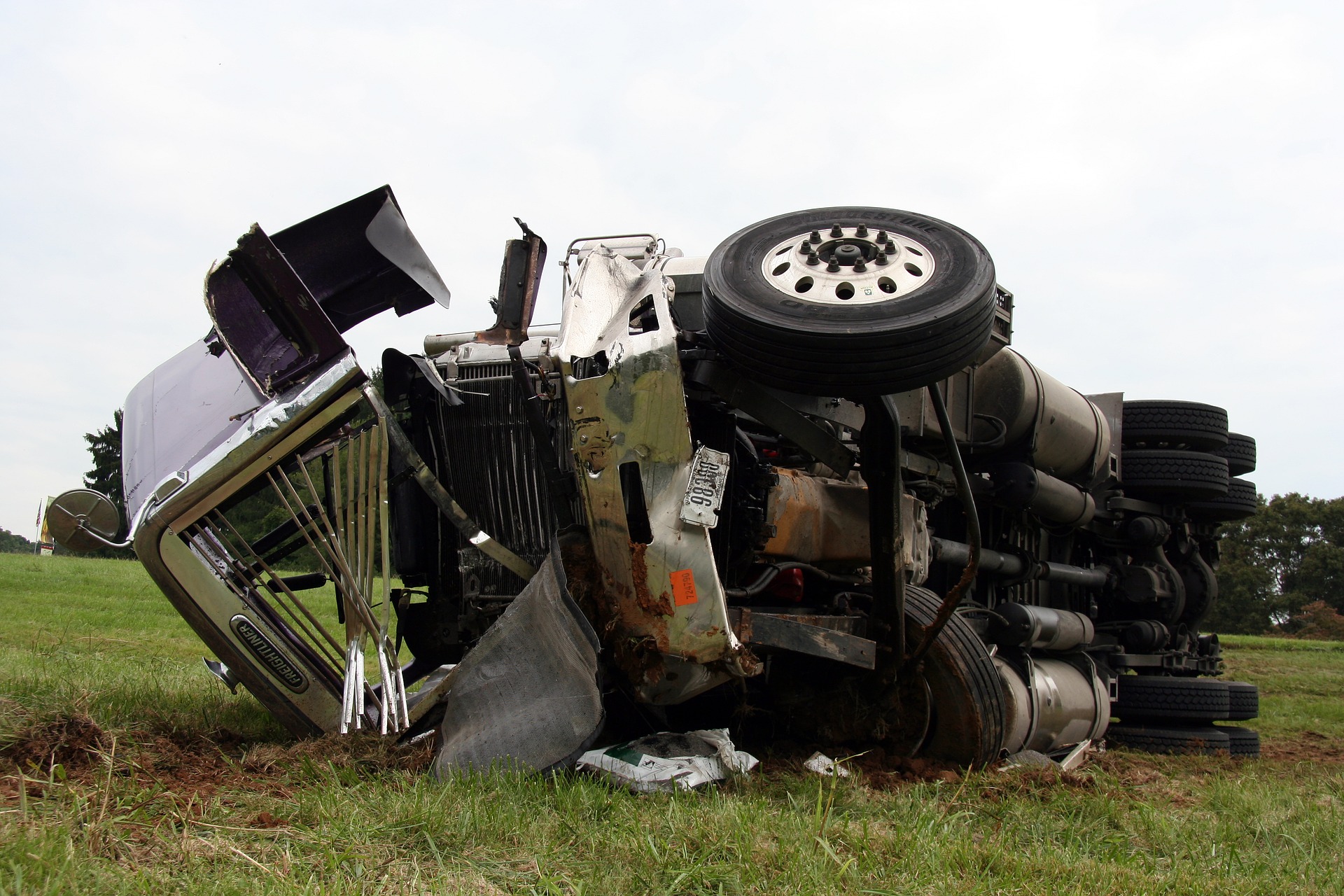Ohio residents spend more on healthcare than residents in most other states but experience poorer health outcomes.
Ohio, a state known for its industrial might and natural beauty, faces a complex healthcare challenge. Despite an increase in insured residents, a new report by the Health Policy Institute of Ohio paints a concerning picture regarding health equity and affordability.
A recent article about the report ranked Ohio 44th nationally in “health value,” a metric combining health outcomes and healthcare spending. This translates to a troubling reality: Ohioans spend more on healthcare than residents in most other states yet experience lower health equity and poorer outcomes.
“We spend more than many other states on health care,” Amy Rohling McGee, president of the Health Policy Institute of Ohio, said in a statement. “So, we’re not getting good value there.”
The reasons behind this disparity are multifaceted. A potential contributor is the high rate of preventable emergency department visits. The Health Policy Institute of Ohio found that even those with employer-based insurance are more likely to utilize emergency rooms for non-urgent care compared to seeking treatment from a primary care physician or urgent care facility. This trend suggests delayed access to primary care, potentially leading to worsened health conditions and higher overall costs.
“Our hypothesis is that if people had access to primary care and a place to go before conditions worsened to the extent that they needed to go to the emergency department, then we would both have better health outcomes and lower health care spending,” McGee said.
Limited access to primary care could be due to factors like distance or a shortage of healthcare professionals. According to another news report, the Ohio Department of Health found that over 40 of Ohio’s 88 counties grapple with healthcare professional shortages, particularly in northeast Ohio.
Mental health is another significant shortcoming highlighted in the Health Policy Institute of Ohio report. The state ranks poorly in access to mental health services, with disparities impacting specific populations. LGBTQ+ youth in Ohio experience significantly worse mental health outcomes compared to their heterosexual counterparts, with higher rates of suicide attempts and lower access to affirming care.
Racial disparities are also a major concern. Black Ohioans experience significantly worse treatment in healthcare settings and higher rates of food insecurity compared to white residents. These disparities stem from policies and practices that limit access to necessary care, perpetuate discrimination, and contribute to social and economic disadvantages like redlining.
However, the report isn’t entirely devoid of positive developments. Ohio has seen improvements in areas like primary care access, early-stage cancer diagnosis, and unemployment rates. The state’s uninsured rate has also significantly decreased in the past decade.
Moving forward, the Health Policy Institute of Ohio recommends a multi-pronged approach to address these issues. Establishing a commission to investigate high healthcare spending and exploring ways to reduce costs for consumers and businesses is a crucial first step. Expanding the healthcare workforce, improving provider network accuracy, and increasing access to mental health services, including telehealth options and youth support programs, are also essential.
The report further emphasizes the need for increased food security measures, potentially by bolstering programs like WIC and Senior Farmers’ Market Nutrition programs. By addressing these challenges and promoting health equity, Ohio can strive for a future where all residents have the opportunity to live long and healthy lives.
Sources:
Mental health, care costs top problems for Ohioans in new study





